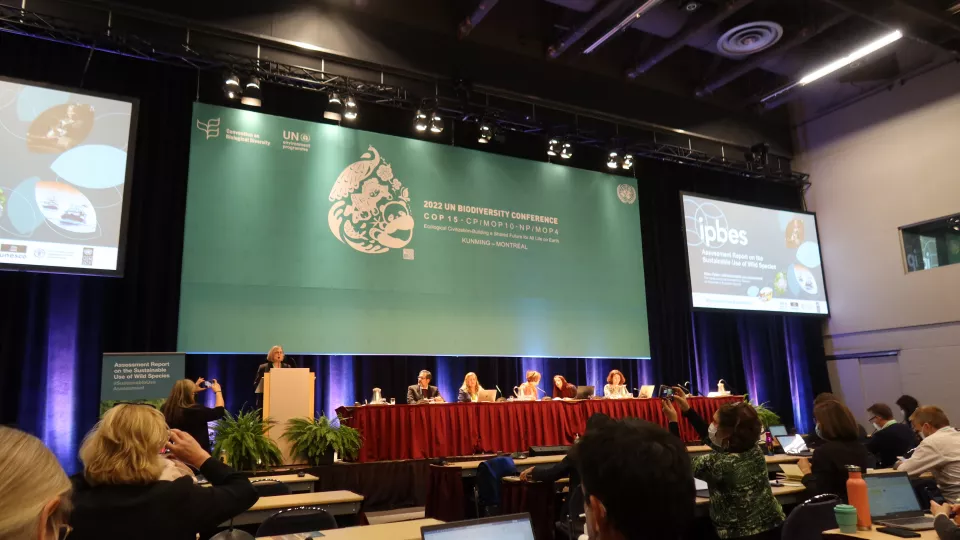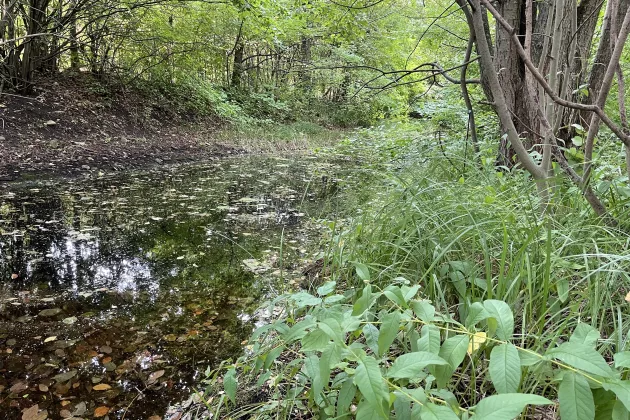These are Maria Blasis five key outcomes from the new framework:
- The global framework includes four goals and 23 Targets.
- 30% of degraded ecosystems will be restored by 2030 (target 2).
- 30% of the land, inland waters & sea will be effectively conserved and managed by 2030 (target 3).
- Resource mobilisation for biodiversity is approved (target 19), and the elimination of harmful subsidies to biodiversity (target 18).
- The goals include recognising indigenous knowledge and communities, equality, and inclusivity.
- Loss of habitat is one of the main causes of loss of biodiversity, so it is good news that we have agreed on Target three. I am cautiously optimistic since we need proper protection of these areas; there needs to be a protection plan, and it needs to be followed, says Maria Blasi.
Which hopes were not fulfilled during COP15?
- In Goal A, "The genetic diversity within populations of wild and domesticated species is maintained, safeguarding their adaptive potential", we did not get a quantitative minimum value. That is risky, says Maria Blasi, and adds the lack of quantitative goals for pollution, production, consumption and food systems.
She emphasises that the most important now is to find solutions to implement these targets and to reach the goals (which was the reason why previous targets were not met).
- We must work on the driving forces behind biodiversity loss, including technology, economics and governance. We also need more robust media coverage of biodiversity.



